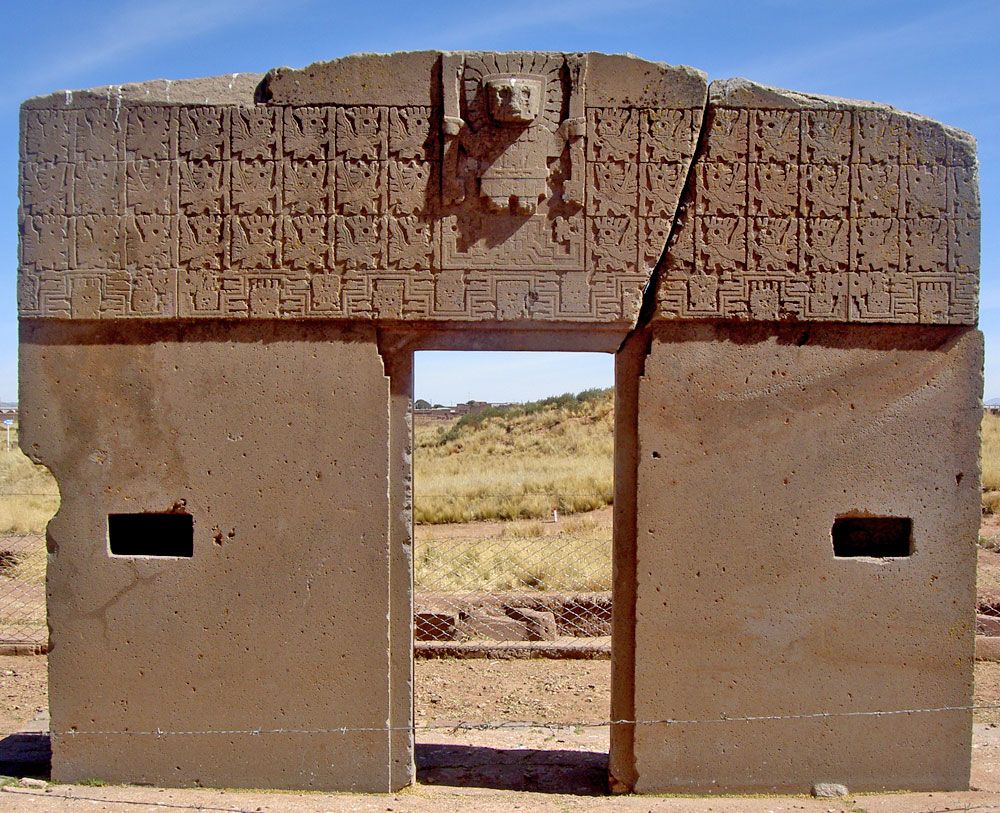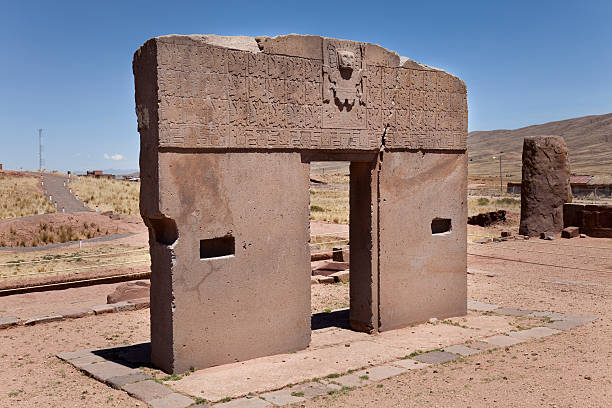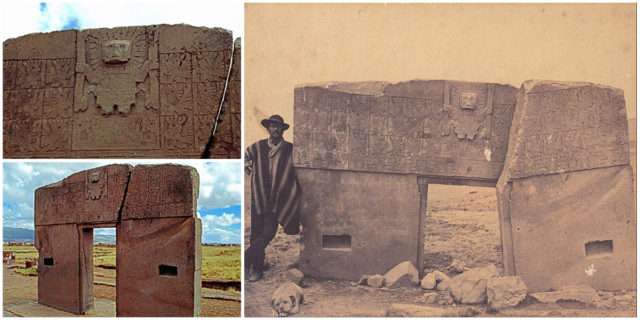South America is celebrated for its breathtaking archaeological landmarks and historical marvels, ranging from the awe-inspiring ruins of Machu Picchu to the mysterious remains of the Tiwanaku civilization. Perched high in the Andes close to Lake Titicaca, the Tiwanaku site provides insights into a pre-Hispanic empire that flourished in areas now known as Bolivia, Peru, and Chile. The Gate of the Sun is a notable feature of Tiwanaku, drawing attention from both scholars and enthusiasts due to its ancient craftsmanship and potential historical importance.

The Rise and Fall of the Tiwanaku Civilization
The Tiwanaku civilization, which originated around 300 A.D. and lasted until about 1150 A.D., reached its peak from 500 to 900 A.D. Starting as a small community, Tiwanaku evolved into a complex urban center known for its advanced architectural and engineering feats. Positioned at roughly 12,500 feet above sea level, its proximity to Lake Titicaca adds to its historical and cultural value.

Excavations at Tiwanaku have uncovered sophisticated structures and infrastructure, including a subterranean drainage system. The city boasted various temples and buildings, each reflecting the religious and societal values of the time. Prominent among these are the Pyramid of Akapana and the Kalasasaya temple.
Exploring the Kalasasaya Temple and the Gate of the Sun
The Kalasasaya temple, distinguished by its spacious open court and seven-step eastern entrance, likely served as a site for astronomical studies. This temple is surrounded by imposing stone monoliths. The Gate of the Sun, a paramount relic of Tiwanaku, stands prominently within this temple.

This gate, carved from a single block of andesite stone, stands about nine feet tall and twelve-and-a-half feet wide, with an opening of about 4.6 feet. Its most captivating aspect is the bas-relief of a deity above the opening, adorned with ray-like features or an ornate headdress, depicted wielding a staff in each hand.
Interpretations and Theories Surrounding the Gate of the Sun
The Gate of the Sun has sparked various theories and interpretations about its purpose and symbolism. While some scholars associate the central deity with the Sun God, others view it as the “Weeping God” due to tear-like motifs on its face. There’s also speculation that this figure might be an early representation of the Inca god Viracocha, who, as per Andean legends, emerged from Lake Titicaca to enlighten the world and create humanity.

Additionally, the gate features 48 figures that resemble birds and humans, often called “God Messengers.” These figures, together with the central deity, add to the gate’s allure and the range of interpretations it inspires.
A popular theory suggests that the Gate of the Sun served as an agricultural calendar, indicative of a solar year different from ours, supposedly 290 days long, divided into 12 months of 24 days each, with an extra 2 days.
The Historical Significance and Legacy of the Gate
The exact dating of the Gate of the Sun is debatable. Some scholars argue it could be as old as 14,000 years, while others, pointing to unfinished figures, believe it to be more recent. Regardless of its age, the gate is a vital artifact of the Tiwanaku culture, showcasing the exceptional skill and creativity of its people.
Though Tiwanaku’s political influence diminished in the 11th century, and the city declined by the early 12th century, the site maintains its authenticity and continues to intrigue scholars and visitors. The Gate of the Sun stands as a symbol of the intricate civilization of Tiwanaku and its ongoing mysteries.
Conclusion
The Gate of the Sun is a monumental tribute to the creativity and cultural depth of the Tiwanaku civilization. Its elaborate carvings and mysterious purpose highlight the sophisticated knowledge and craftsmanship of its builders. While many questions about the gate and the broader Tiwanaku culture remain open, its importance in the study of ancient South American history is unquestionable. As investigations continue, the Gate of the Sun will surely remain a key focus of interest and academic study.




